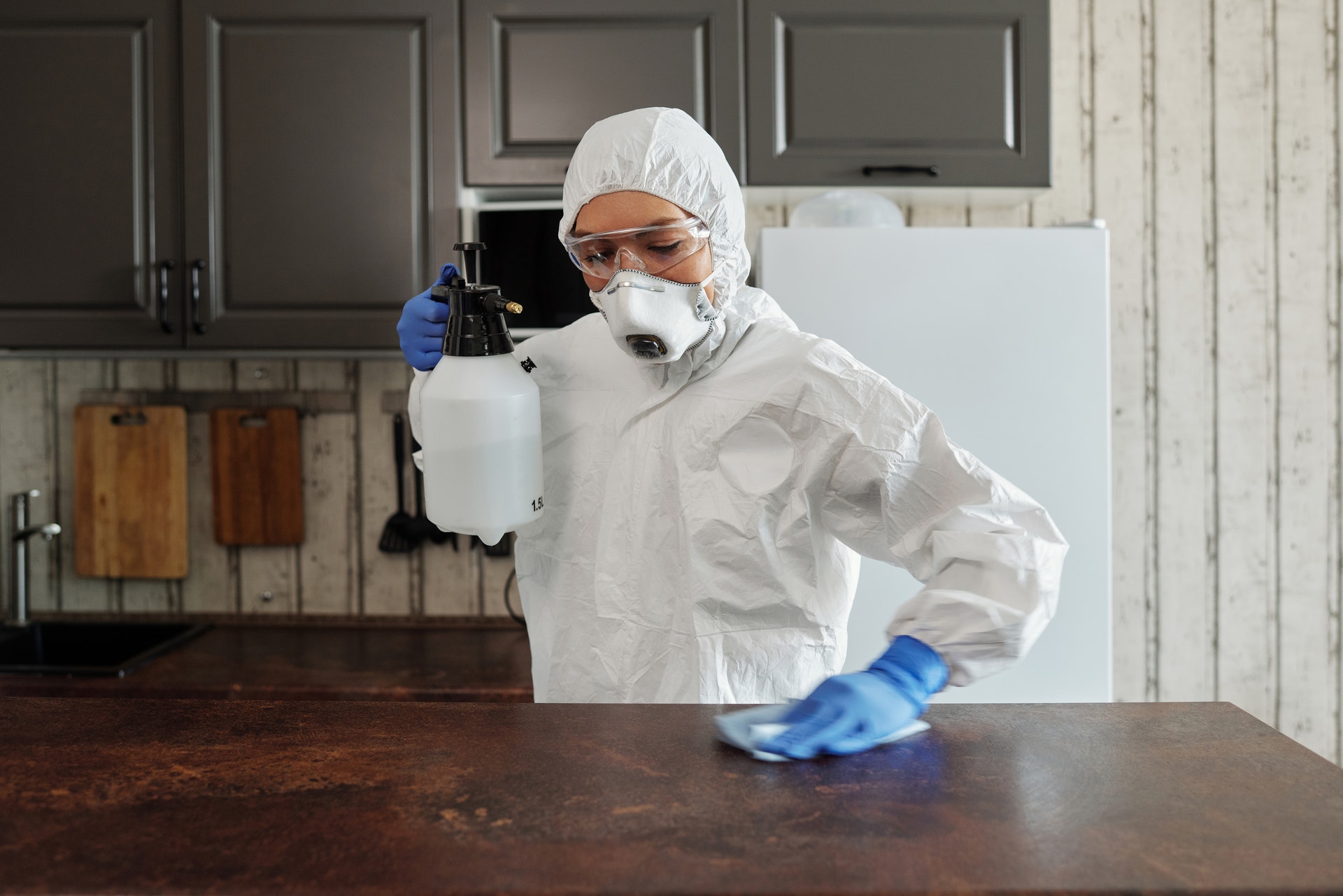
Billions of microorganisms are out there roaming the Earth. Some are naturally present in the body and are essential for maintaining health and homeostasis. Others aren’t so friendly. They can cause a long list of illnesses and even be deadly in some cases. Those bacteria, viruses, and parasites come from numerous sources. Your family can be exposed to them at school, doctors’ offices, the supermarket, parking lots, and anywhere else they might go during the day. Then, at the end of the day, they track them into your home.
Understanding the Dangers Behind the Germs
Germs are everywhere, so there’s no avoiding them. You can wash your hands every few minutes to get rid of them, but you could still be exposed. They live on both hard and soft surfaces, and they can survive for hours or even days as they search for hosts, meaning you and your family members. That’s one of the factors that makes them so dangerous. Having your home professionally cleaned is an option for keeping germs at a minimum. You can check this out to learn more about this alternative.
Tracking the Germs in Your Home
Though potentially dangerous microorganisms are present throughout your home, some areas tend to be a bit more infested than others. Those are often the areas your family shares because germs from so many different sources come together in those places. Some of the most contaminated areas of average homes may surprise you.
- Bathrooms. Bathrooms are among the most germ-filled rooms in most homes for obvious reasons. Viruses, bacteria, fungi, and other microorganisms seek out warm, moist places to grow, and the bathroom gives them the perfect atmosphere in which to thrive. Everything from the floor and toilet seat to hand towels and toothbrushes can contain numerous pathogens. Still, it’s not the most contaminated room in the home.
- The Kitchen. Contrary to popular belief, the kitchen is actually the most contaminated room in most people’s homes. Though countertops and cutting boards are often covered with contaminants, sponges, scrubbers, dish towels, and drains tend to carry the highest concentrations of germs. Even the refrigerator and coffee maker can be breeding grounds for pathogens. While those germs can come from anywhere, raw meats are among the most common and dangerous sources of contamination.
- Doorknobs and Light Switches. Virtually everyone in your home touches the doorknobs and light switches from time to time. Germs transfer from hands to those fixtures and vice versa. In addition to the doorknobs and light switches, remotes; chairs; lamps; and the handles on the microwave, refrigerator, and oven doors, carry contaminants brought in by your family from outside sources as well as different rooms within your home.
Those are the primary sources of contaminants in most people’s homes. Regular thorough cleanings are essential for keeping those pathogens at bay. Disinfectant sprays and wipes and can help keep the germs at a minimum in between cleanings. Periodically having your home professionally cleaned using state-of-the-art techniques will go a long way toward protecting your family from contaminants as well.
